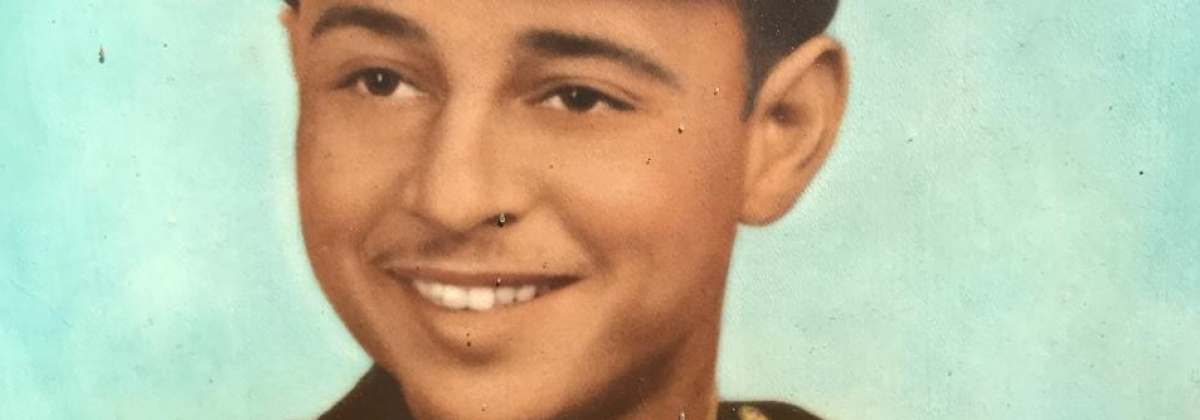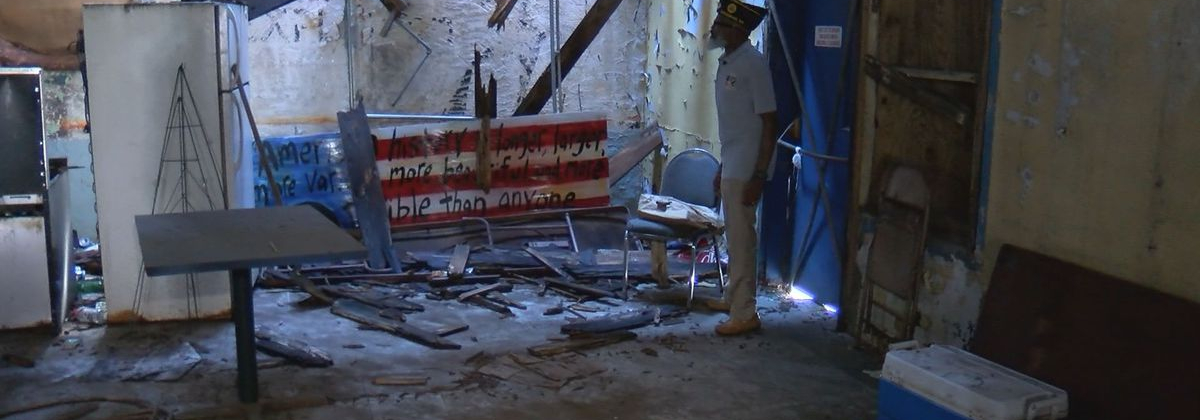American Legion Post 500 - Home | Facebook
The American Legion Department of Georgia | Facebook

 William P Jordan : Second Lieutenant from Georgia, World War II Casualty (honorstates.org)
William P Jordan : Second Lieutenant from Georgia, World War II Casualty (honorstates.org)
American Legion Post 500 was chartered in 1946 and is the first African American Legion Post in Georgia. American Legion Post has been welcoming VETERANS from all branches of our Armed Forces. Today, we continue to welcome all military personnel serving our country. Joining our Post enables you to continue serving your God, Country, and Community. Our mission is to implement the goals, aspirations, dreams, peace, and blessings for our country, friends, and families embodied in our preamble below.







William P Jordan
★ World War II Gold Star Veteran from Georgia
On January 1, 1946 Second Lieutenant Jordan was declared a casualty of World War II. ★ He served with honor in the United States Army. ★ He is remembered by the people of Georgia. ★ May his positive example inspire us. Working together towards peace, mutual respect, and equality for all.
 William P Jordan
William P Jordan
World War II
▼ Content Integrity Note
Our displayed data concerning the life and military history of William P Jordan is a work in progress. We've assembled a list of elements we are in the process of researching and reviewing. This profile was last edited on 2024-01-03 17:35:28.
View Missing Items List
Service Details
| This Profile ID | 449644 |
| Service ID | O-1316759 |
| Name | William P Jordan |
| From | Savannah, Chatham County, Georgia |
| Birth Date | March 23, 1919 |
| Casualty Date | January 1, 1946 |
| War | World War II |
| Service Branch | Army |
| Rank | Second Lieutenant |
| Unit/Group | 92nd Infantry Division, 366th Infantry Regiment |
| Casualty Type | Missing in Line of Duty |
| Location | Italy |
| Burial | Florence American Cemetery and Memorial Florence, Toscana, Italy, Tablets of the Missing |
| Notable Awards |
★ Purple Heart |
| Remembered |
Additional Details
|
Second Lieutenant William P. Jordan entered the U.S. Army from Georgia and was a member of Company C, 366th Infantry Regiment, 92nd Infantry Division. On December 31, 1944, he was reported missing at Alaska Hill near Querceta, Italy, when he led his platoon in an attack on enemy positions. 2LT Jordan has not been identified from among remains recovered from the area after the war, and he is still unaccounted for. Today, Second Lieutenant Jordan is memorialized on the Tablets of the Missing at the Florence American Cemetery in Impruneta, Italy. The 366th Infantry Regiment was an all Colored (segregated) unit of the United States Army that served in both World War I and World War II. In the latter war, the unit was exceptional for having all negro officers as well as troops. The U.S. military did not desegregate until after World War II. During the war, for most of the segregated units, all field grade (majors and above) and most of the company grade officers (second lieutenants, first lieutenants, and captains) were white. The 366th Infantry was constituted 16 August 1917 in the National Army as the 366th Infantry, assigned to the 92nd Division, and organized at Camp Dodge, Iowa, in November 1917. In World War I the regiment served overseas as a part of the 92nd Division, National Army and earned credit for battle participation as follows:
The 366th Infantry was demobilized 25 March 1919 at Fort Oglethorpe, Georgia, and reconstituted 16 December 1940 in the Regular Army.
Colonel Howard Donovan Queen was the commanding officer (CO) at the time of embarkation in March 1944. Although the 366th Infantry had been at "combat readiness", after a prolonged period which was devoted only to guard duty, Queen felt that they needed at least three months for preparation to be "combat ready". Queen wrote a significant request for withdrawal from active command and included his guarded reservations in regard to his deeply held tenets. In spite of this upper officials decided in November 1944 to attach the 366th Infantry to the 92nd Division. [citation needed] After continuing poor combat performance, including many instances of unauthorized withdrawals upon meeting the enemy, low morale, and malingering, the 92nd Infantry Division was believed by both German and American commands to be fit for only defensive roles. The division was completely withdrawn from the front in early 1945, with the infantry components of the division being reorganized from the ground up. Two of the 366th Infantry's three battalions were recommended "not be used again for offensive action unless urgent military necessity required it." The 92nd Division commanders proposed that the "366th be removed from the front lines and disposed of as higher headquarters might direct," which was accepted. The 366th Infantry Regiment was disbanded on 28 March 1945, with personnel transferred to the 224th and 226th Engineer General Service regiments
|






